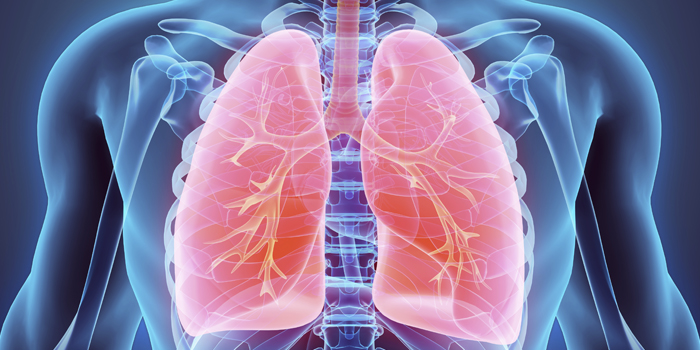
This is something i see very often in clinic that I thought i would discuss in a new series of logs I’m going to be doing. This is to do two things.
1. Help hold me accountable to my elitefts.com requirements
2. Help you gain an side look at what i do in clinic and give you information on certain issues that are prevelant in the strength training community
So with that being said I’ve seen a more than an average amount of patients with right side chest wall breathing restrictions. This is also in combination with a right rotated/left flared ribcage, right side bent. These are non scoliosis patients. This becomes prevelant in many people due to the daily activities of there lives. Driving, pulling and pushing doors, using a computer mouse with the right arm, talking on the phone etc. This restriction is then carried over into the traingin world and you compound muscular compensations, activation and inhibition problems. These include but are not limited to:
Left side inhibition of the following:
- L Rhomboid
- L Latissimus
- L Olique
- L Erector
Shortening/overactive of the Following:
- R Lat
- R Erector
- R QL
- Right Intercostals
- R Serratus
This makes any pulling, pressing (in either plane of motion) difficult. You begin to experience shortness of breath and cramping in one side of your chest over other (usually the left) because its over used. Basically the center mass of you body begins to rotate and you reak havoc.
So with this patient in particular hew was exhibiting a large rib cage flare (left side > Right) right rotation, and right side bent. His elbows were experiencing increased Tendonitis and inflammation because they had to work overtime for the lack of stability in his shoulder blades while on the rib cage. See how this all trickles together. So with his occupation, which I will not say for privacy legality’s, breathing and movement is essential.
We worked on expanding his breathing through some right side intercostal soft tissue mobilization, Graston to his left lat, rhomboid and erector as well as some ART and breathing/movement for his R QL. After that we worked on breathing activation with oblique work. Here are a couple videos we recorded. One is of the soft tissue work with rib cage expansion and the other is breathing with left oblique activation.
I will be writing my next article about this and how it relates to the body and its performance in powerlifting and bodybuilding. I will also cover about how to correct it.








